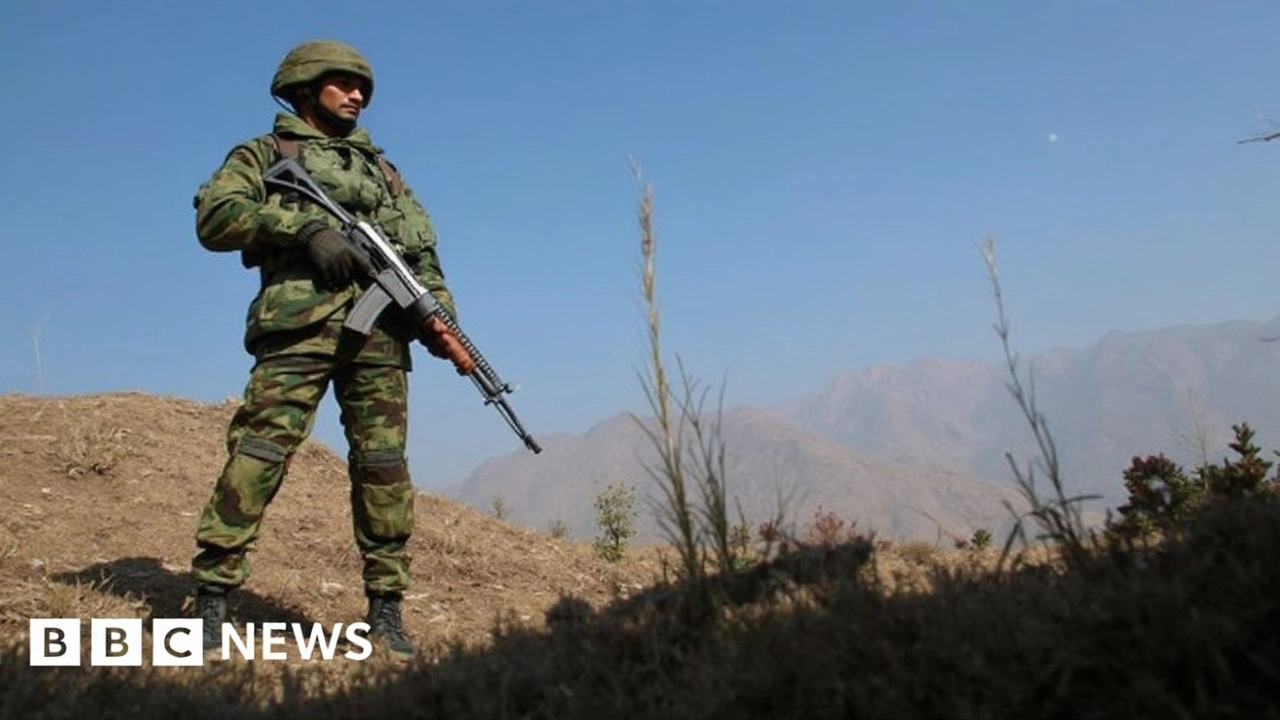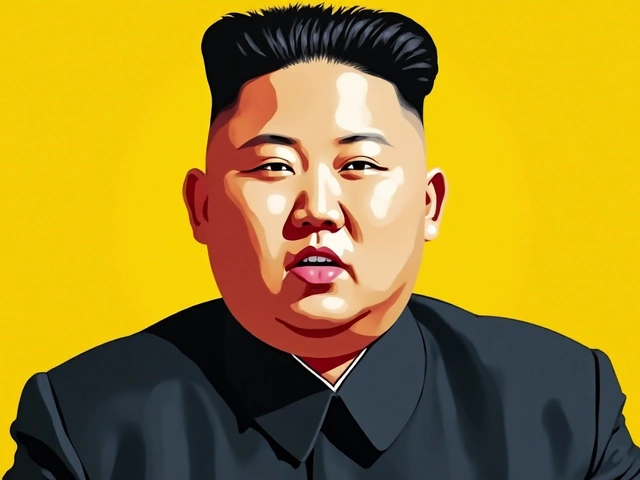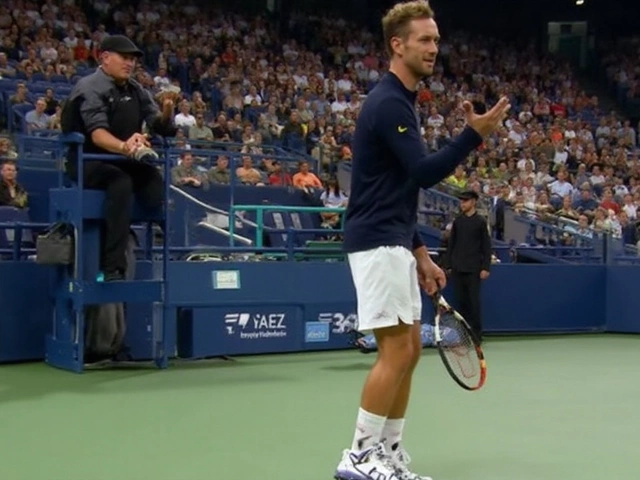India-Pakistan Conflict Escalates After Kashmir Attack: Roots, Risks, and Crisis Management
India-Pakistan Tensions: Fresh Violence Reignites Old Fears
It was a spring day in April 2025 when a single attack in Pahalgam, an otherwise popular tourist spot in Indian-administered Kashmir, jolted the region from uneasy calm to outright crisis. Militants targeted civilians — among them tourists — making this one of the deadliest attacks since 2008’s Mumbai horror. India responded swiftly, launching Operation Sindoor against targets in Pakistan it claimed were militant strongholds. The operation kicked off a sequence of events: artillery barrages, drone strikes, and a chill between two countries who have never really let their guard down since the day they were born.
The international community is holding its breath — because these aren’t just any neighbors. We’re talking about two nations equipped with nuclear weapons, separated by history, ideology, and the world’s most complicated land dispute: Kashmir.

From Partition to Present: Why Kashmir Still Burns
To understand today’s standoff, you’ve got to rewind to 1947. When the British left the Indian subcontinent, their hasty drawing of borders sliced the land along religious lines, birthing India and Pakistan. Caught in the middle was Kashmir, a Muslim-majority region ruled by a Hindu king who couldn’t decide between joining either side or staying independent. The dilemma sparked the first Indo-Pakistani War in 1947-48. The Karachi Agreement in 1949 brought a ceasefire — not a solution — drawing the Line of Control that still slices Kashmir in two. Each side claims the territory, and every few years, things heat up before simmering back down.
So what’s different this time? The scale of violence feels uncomfortably close to the brink, the kind not seen since the Balakot airstrikes and cross-border shelling of 2019. After Pahalgam, New Delhi says it’s rooting out all militant infrastructure — but Pakistan sees these moves as a direct threat. Artillery thunders, and drones buzz overhead. Civilians on both sides are caught in the crossfire, forced to flee homes as shells rain down.
India-Pakistan conflict always comes with a risk of rapid escalation. The underlying grievance hasn’t changed, but the reactions — especially military ones — seem to ramp up faster than diplomatic efforts can catch up.
- Operation Sindoor: Marked an open admission that India won’t wait for international consensus to strike back.
- Pakistan’s Response: Military readiness and retaliatory threats echo across the border, ruling out talks for now.
- Public Mood: Indian outrage over the Pahalgam deaths pressures leaders to act tough, while Pakistan’s population rallies around sovereignty.
Diplomatic channels that used to be noisy have gone quiet. Both sides have downgraded their embassies and restricted communication, making misunderstandings more likely. There’s less room for back-channel deals or last-minute calls to avert disaster. The heat is way up, and neither government wants to look like it’s blinking first.
Historically, the U.S. has stepped in to cool things off — whether it was President Clinton’s intervention after the Kargil crisis in 1999 or more recent quiet pressure from Washington. But now, with a new U.S. president and foreign-policy team still finding their footing, it’s unclear just how far America will go to press Pakistan or reassure India. Brookings analyst Tanvi Madan puts it bluntly: Getting Islamabad to show restraint is tough, but so is meeting India’s need for quick justice after such a shocking attack. The U.S. wants to help, but its voice feels less certain than before.
As the world watches, the old recipe of third-party mediation and direct talks is missing some crucial ingredients. Both countries are angry, both are armed, and their people are watching every move. No one wants to be the first to back down — not in the world’s most high-stakes staring contest.





